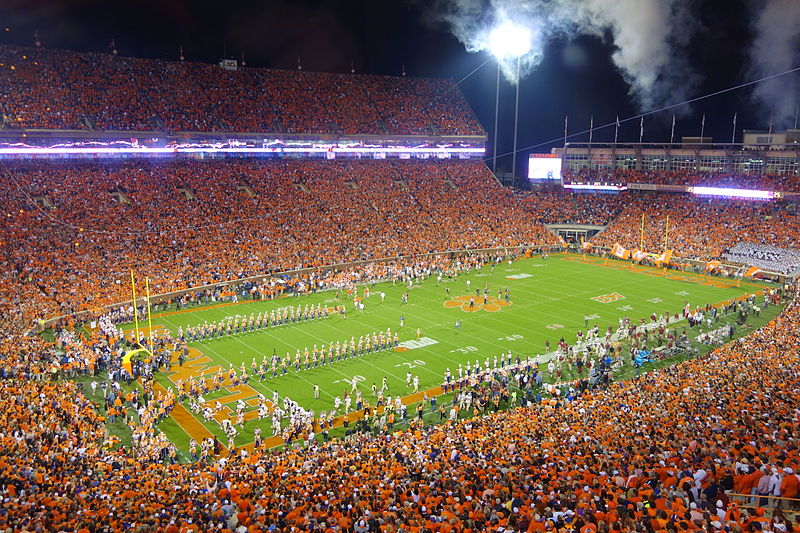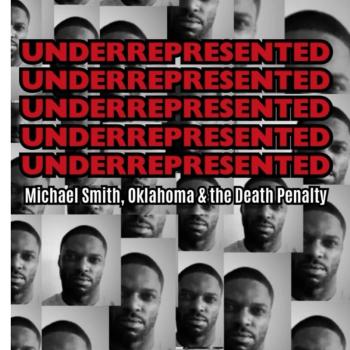Good piece at The Atlantic on the wealth divide in admissions to public universities: “These State Schools Also Favor the One Percent.” The gist of it is that the high tuition at state flagship universities, especially for out-of-state students, creates a de facto set of admissions preferences favoring wealthy students.
As someone now scouting colleges for the fourth time in six years, I agree wholeheartedly. I take issue, though, with this quote from the piece:
Administrators are essentially running two institutions in parallel: a reasonably affordable public university for the residents of Michigan (in-state tuition: $16,736), and a very expensive private university for everyone else.
I’m sorry but no. $16,736 a year for tuition is not reasonable. It is not affordable. And remember that is only tuition — any student whose family doesn’t live in the immediate area also has to pay for housing during this time.
When we talk about the student loan crisis, we aren’t just talking about precious lambs who couldn’t resist an anthropology degree at some elite liberal arts college. We are talking about ordinary kids who end up with upwards of $100,000 in loans for attending their in-state public university.
–> Some of those students are entering high-paying professions and will be able to pay off the debt without too much difficulty, as long as nothing bad happens.
–> Some of those students have been lulled into thinking that any college degree, for any college student, is all that it takes. They’re preparing for no-profession-in-particular, and their ability to pay back the debt will depend entirely on their own native talent and initiative.
–> Some of them, finally, are preparing for professions that require a college education, are in fact needed by society, but don’t pay well and probably never will.
All three categories of students are vulnerable. The latter two groups, in particular, are being preyed upon. Neither the universities collecting tuition nor the lenders marketing unsecured, virtually bankrupt-proof student loans have any incentive to speak reason to their customer base.
And recall: These are customers the state deems too immature to buy a beer . . . but apparently they are perfectly capable of making major, permanent, life-altering financial decisions with the click of an “accept loan” on their financial aid portal?
The part where a journalist at The Atlantic can both lament the class divide in college education and think $16k a year in tuition is “reasonably affordable” lets you know just how deeply engrained the culture of terrible financial decision-making for teenagers has become.
Updated 8/16/24 with a related link: “Regarding the cost of college in 2023…” from Brad Warthen, who has a couple inflation-adjusted sample figures to make sense of how public university tuition has changed over the years.
Photo: Clemson Memorial Stadium – Clemson University, packed to the gills. Having been brought up properly, of course I always had that sneaking discomfort that one of my children might go on to join that sea of orange. But I fear no more: They can’t afford it. Photo by Daderot, CC 1.0/Public Domain.



















